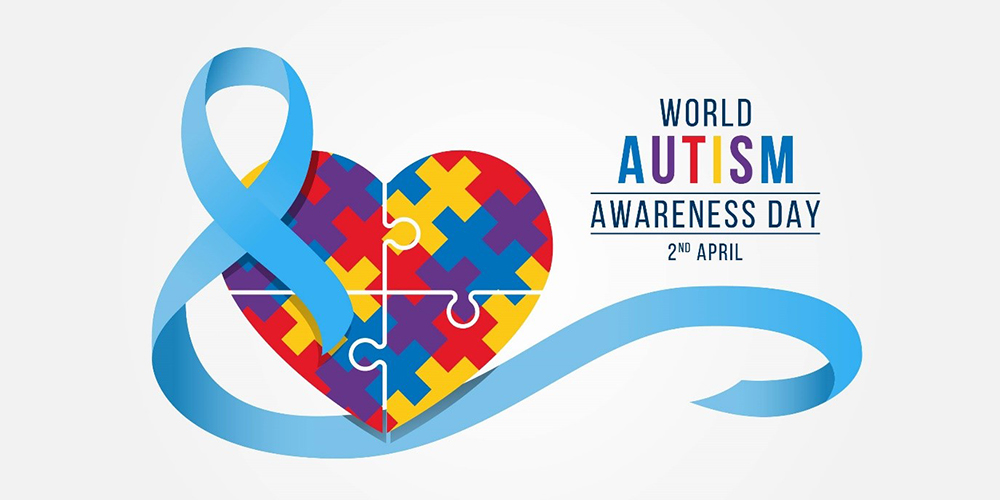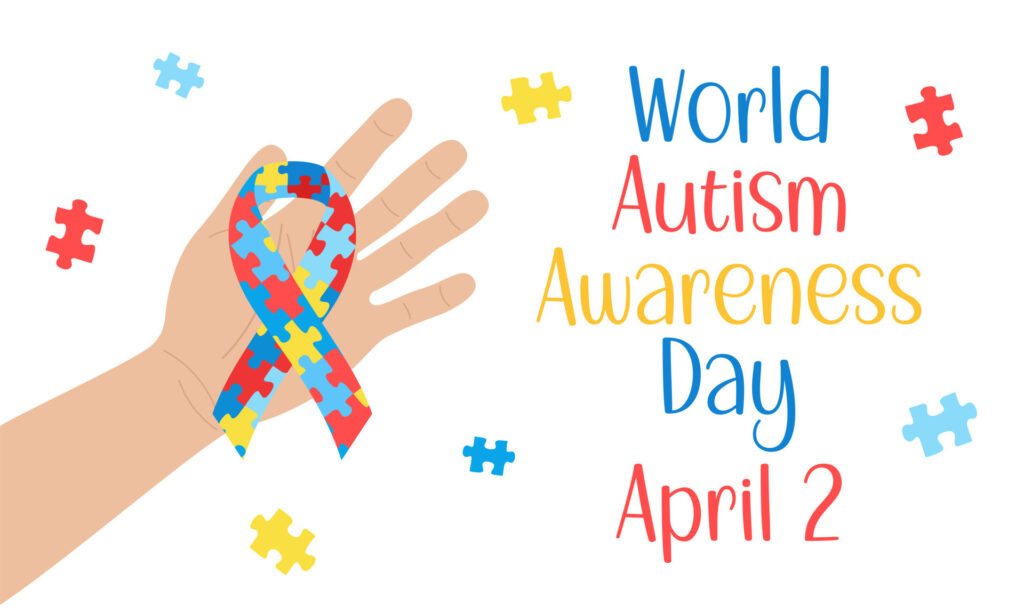
World Autism Awareness Day, observed annually on April 2nd, symbolizes a worldwide effort to increase awareness and provide assistance to individuals living with autism. This global initiative, established by a United Nations resolution, serves as a platform to educate, empower, and advocate for those affected by autism. The CDC reports a global rise in autism diagnoses, leading to more children undergoing therapy and treatment. While increased awareness contributes to this trend, factors like air pollution, low birth weight, and stress also influence the growing number of cases.
Table of Contents
Autism is a complex condition influenced by both genetic and environmental factors, resulting in a range of symptoms. Common challenges include difficulties in communication, social interaction, and repetitive behaviors. This year’s World Autism Awareness Day theme, ‘Empowering Autistic Voices’, emphasizes the importance of providing support and opportunities for individuals with this to lead fulfilling lives and pursue successful careers. This annual theme reinforces the dedication to supporting and embracing those with autism.
Established by a United Nations General Assembly resolution in 2007, This Day emphasizes the need to raise public awareness and foster acceptance of individuals with autism. April 2nd serves as a reminder to society of the importance of enhancing the quality of life for those with this condition and integrating them fully into the social fabric.
This observance holds significant significance as it presents an opportunity to dispel misconceptions surrounding about this and educate the public about its impact. By increasing understanding and reducing stigma, individuals with autism can feel embraced and supported by society. Moreover, heightened awareness enables parents to access new therapies and interventions, empowering children with this condition
to develop new skills and reach their full potential.
Tips for Children who suffer Autism

Unlocking the potential of children with autism demands a multifaceted approach:
1. In-depth Understanding: Educators need to comprehend the wide-ranging spectrum of autism, encompassing behavior, communication, and learning styles.
2. Talent Acknowledgment: Recognizing the inherent abilities within autistic individuals is crucial, underscoring the necessity for guidance and support.
3. Fostering Independence: Mentorship plays a pivotal role in nurturing autonomy and achievements among autistic children.
4. Managing Challenges: Formulating strategies to overcome obstacles like sensory sensitivities, communication hurdles, and social interactions is essential.
5. Highlighting Strengths: Encouraging growth in areas such as Mathematics, Science, and Music where autistic children often demonstrate exceptional abilities.
6. Preparation for Success: Alleviating anxiety and enhancing engagement by preparing autistic students for new tasks or situations.
7. Creating a Supportive Environment: Establishing a conducive learning atmosphere by addressing sensory preferences and sensitivities.
8. Clear Expectations: Providing visual cues and behavioral guidelines to assist autistic students in navigating group settings effectively.
9. Tailored Instruction: Adapting teaching methods to align with individual learning styles and interests, thereby ensuring effective comprehension.
10. Direct Guidance: Offering explicit instruction in figurative language and social communication to strengthen interactions and understanding.
Ultimately, by implementing these approaches, educators can cultivate an inclusive and nurturing environment that unlocks the full potential of autistic students, fostering continuous learning and acceptance.
also read hope you will come back to Fuse media and enjoy reading entertainment experience

